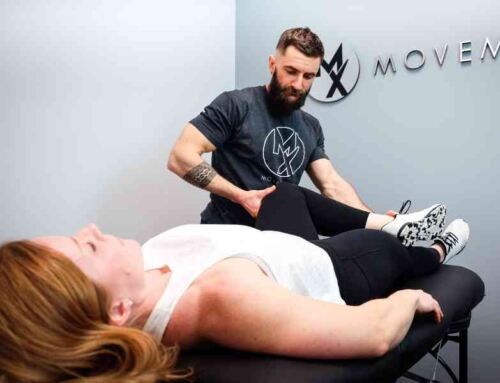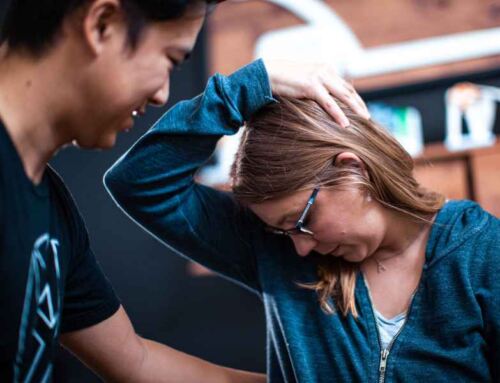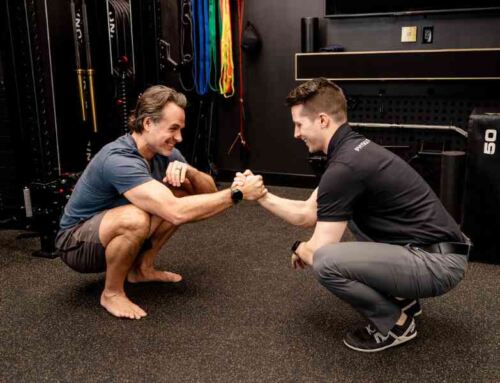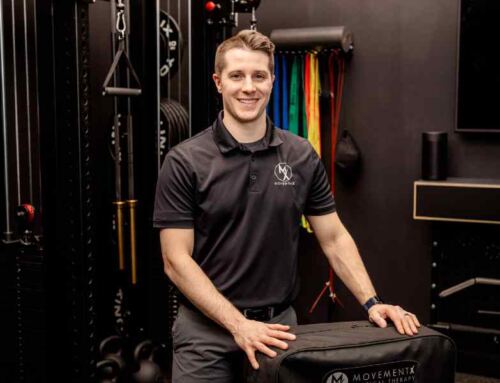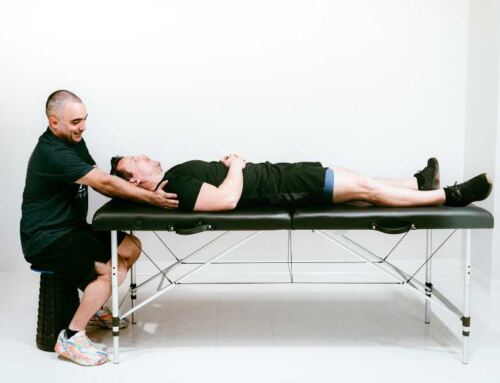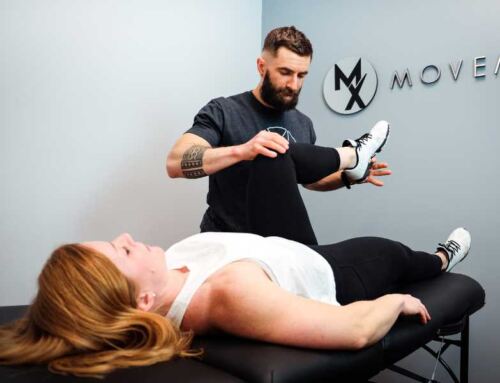Published On: September 19th, 2022Tags: Chronic Pain, Ehlers Danlos Syndrome (EDS) and Hypermobility, Joint Pain and Stiffness
About the Author: Mikaila Boldt, PT, DPT
Dr. Mikaila Boldt, PT, DPT is a physical therapist with MovementX in Pinehurst, North Carolina. Her specialties include dry needling, yoga, orthopedic pain recovery, neurological rehab, and manual therapy.
100% Human-Written Content
Book a PT
Session
with MovementX
Related Resources
Found this page interesting? Discover more insightful resources below.


